Post-exposure Protocol for Biological Hazards
This post-exposure protocol must be followed by any employee or student who has or may have been exposed to biological hazards.
Biological hazards are substances that pose a threat to the health of living organisms, primarily that of humans. This can include medical waste or samples containing a microorganism, virus, or toxin from a biological source that can affect human health. Biological hazards are identified on the Hazard Assessment and Control Form completed for each job position.
Employees and students have the potential to be exposed to biological hazards at the university. This protocol was developed to assist with immediate first aid, medical assessment, and reporting of exposure to biological hazards at the university.
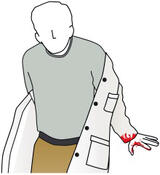
1. Remove any contaminated clothing, if possible.
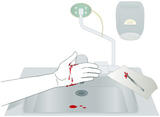
2. Allow the exposure site to bleed freely.
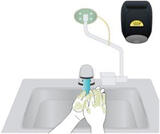
3. Cleanse the site through washing with soap and water.
Use waterless hand cleaner if soap and water unavailable. A skin antiseptic can be used for skin exposure.

4. For mucous membrane exposure, flush site(s) with water or saline.
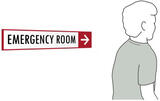
5. Immediately get assessed by a physician.
Immediately proceed to the nearest emergency room or department for assessment by a physician. Ensure WCB documentation is completed by physician.

6. Report to your supervisor/manager as soon as is practicable.
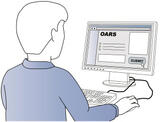
7. Supervisor/manager submits an OARS Report
Supervisor/manager submits a Level 2 incident (minimum) through the Online Accident Reporting System (OARS) within 24 hours of being notified.

8. Supervisor/manager completes WCB Employer’s Report within 24 hours, as per requirements.

9. Employee/student completes WCB Report, as per requirements.

10. Employee/student contacts Occupational Health Nurse for post-exposure follow up.
Blood Body Fluid Exposure (BBFE)
Experiencing a blood or body fluid exposure can be a stressful and overwhelming experience. It is important to act quickly to reduce the risk of transmission of bloodborne pathogens and to seek medical care as soon as possible. This information resource provides guidance on what to do after a blood or body fluid exposure, including recommended medical and psychological care, steps to prevent transmission to others, and other resources. It is important to remember that timely intervention and follow-up care can help to reduce the risk of infection and to promote overall health and well-being.
Please see the attached document for further information.
